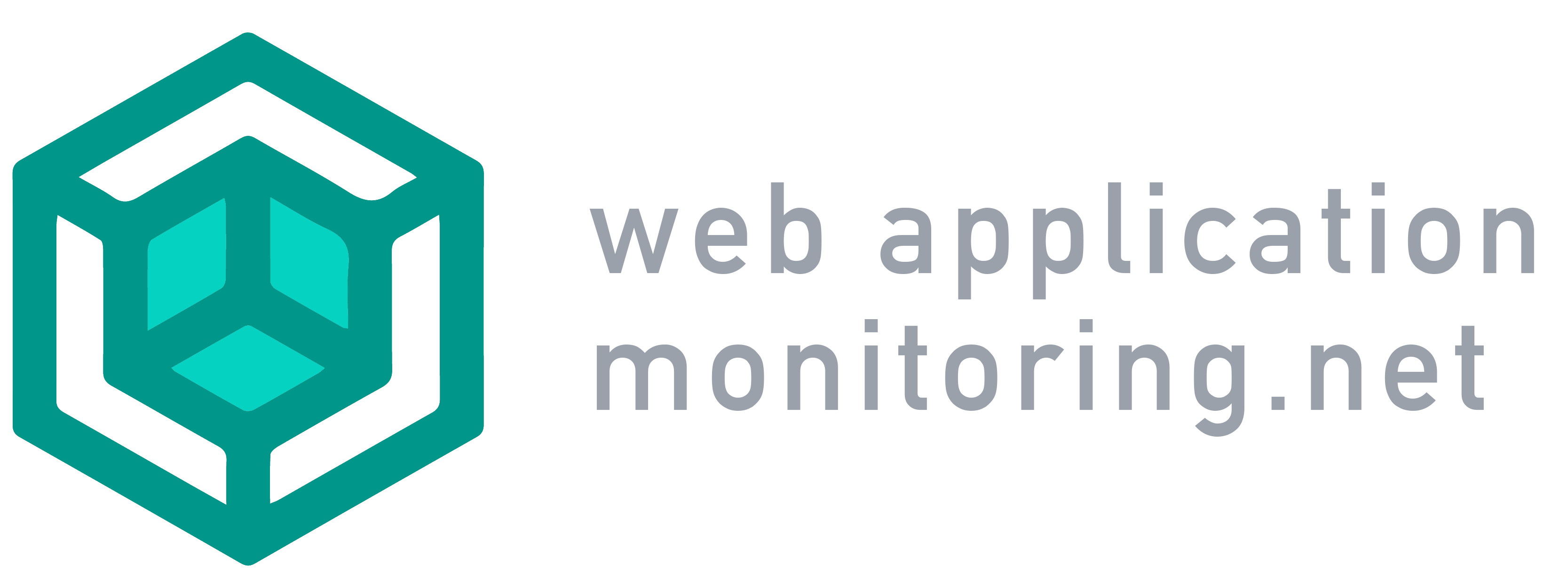What is APM?
An APM’s core functionality involves being able to manage code and the load times of web pages. It also allows you to see how the end-user experiences the application.
Availability and performance of a web application are essential for a company’s capacity to conduct business online interrupted. A working APM platform gives an organization the power to connect their application performance to business outcomes and to identify and resolve errors before they effect end users.
If any of the components of a web application are left unchecked, they can cause significant damage to your business. Web application monitoring tools help you see where the faults are and where the remedies lie. By fixing errors beforehand, you can avoid users contacting support.
APM options range from on-site software, cloud-based systems, subscription software, and software that you can own.

Web Application Monitoring Tools–How to Choose?
Purchasing a web application monitoring tool from the web may improve your chances of success when you run a business. That said, the field of options you have available is vast, and you may want to consider the virtues and pitfalls of each of these options you have available. Free options will give you the necessary tools to monitor your web application’s performance, but their involvement will be passive and they may not offer you enough detail with which you can make sound business decisions.
On the other hand, paid options, like our very own platform Dotcom-Monitor, will gauge your web application’s performance as would business owners themselves. While adding life to your web application monitoring program, they will give you real time metrics that can engage every department of your business. However, because the stakes are low for free web application monitoring platforms, they won’t involve themselves to a degree that allows them to accurately gauge your web application’s performance.
As we develop an awareness of what you need to look at to choose a web application monitoring tool for your business, it’s important to consider a few things that will inform your decision to select one.
Usability
There’s no use learning new code languages and investing time on complex training modules that have little use value to you and your business. Your power lies in the rapid assessment of results generated by monitoring equipment that takes little time to set up. You’re better off choosing a platform that minimizes the time spent in setting up, because you can use the time saved on more critical functions of your business.
“The easier it is to diagnose defects of all complexities, the more time developers can spend on building new features. This not only helps create a more stable and performant application, but it also bolsters innovation, fuels product growth and reduces customer churn.”
– TechTarget.com
Multi-Layered Monitoring
You’ll want to invest in a platform that’s agile and lets you correct errors while the program runs at different stages. A step-by-step reportage system that allows you to see where the error lies is essential. Separate tiers of monitoring that illustrate flow charts of front end and back end resource usage keep your monitoring efforts organized. A good monitoring platform will cover all these essential bits.
Browser Access
A monitoring program that doesn’t let you use real-browsers for simulation will give you skewed results that are inapplicable in the real world. Several common monitoring tools that are free to use will restrict your monitoring efforts to browsers that are not used. This aspect is duly covered by paid monitoring tools that give you access to real browsers that have high usage. They are effective where free monitoring tools fail–in the realm of setup and configuration, where little resources are required to get up and running.
Alerting
Your best bet is to invest in a monitoring platform that escalates error messages so they can get resolved instantly. A stream of error messages must travel to all the relevant domains to avoid any delays in their resolution. If your development team can’t configure the error messages because the monitoring platform disallows it, then there is a problem. The backend team must be able to resolve the error messages as they come.
Filtering
You want to be able to filter through ineffective error messages that may sometimes be false. Your view of your web application’s performance may become falsified if the error messages don’t reflect its actuality. The collection of error messages, therefore, should be done according to a set standard. Some false error messages may be filtered by setting a certain time limit before which all messages are ignored. Your web application will perform better if only those messages are addressed that reflect its true functioning.
Reporting
You’ll want to pick a monitoring platform that can organize large data sets into readable, actionable results that will allow you to see your web application’s performance from a bird’s eye perspective. It’s useless to have a monitoring platform that gives results you can’t read. The right monitoring platform will also let you share results across different platforms to allow for collaboration amongst team members.
Tech Support
The ability of any performance monitoring tool to integrate its software with real browsers and different mobile devices is key to provision of real results that reflect real user behavior. It’s important not to let a free monitoring platform that doesn’t give you these amenities from stalling your progress toward your performance assessment efforts.
Costs
While free monitoring platforms may not give you the whole picture of your web application’s performance, it’s also important not to be lured by the misrepresentations of some of the paid monitoring tools out there. These monitoring platforms may keep you in the dark about some of the additional costs associated with the setup and deployment of their software. Dotcom-Monitor’s advantageous cloud-based software depletes the need for installation of complex hardware systems that have a larger cost footprint.
Our Pick: Dotcom-Monitor’s Web Application Performance Monitoring
Dotcom-Monitor’s EveryStep Recorder will allow you to generate test scripts based on the real actions users make on your web application. The EveryStep Recorder uses recording technology to effectively translate real user behavior on your web application into test scripts that can be used during the monitoring process.
Some web application monitoring tools won’t work until you learn the language in which they’ve been programmed. The learning of these languages and the training required in using these web application monitoring tools takes away valuable time that could otherwise be used in managing other critical functions of your business. You can substitute the time used in learning to code with the optimization of important resources such as CPU or memory.
Dotcom Monitor Vs. PinPoint
Pinpoint
An open-source software, this seems to be the most popular option amongst competitors on Github. This software is specifically designed for large-scale systems that are using Java or PHP to script their software. Enterprise companies may benefit from its functionalities.
Its ability to give an analysis of the entire web application infrastructure, its different components, and their relatedness gives it appeal. They use a tracing technology to see which components of the web application run together, and which depend on each other.
Understanding application topology is highly important to see what parts of the application are critical, and what can use a little bit of refurbishing to optimize processes. Pinpoint allows you to see the entire topology of the application, making all different components visible.
Dotcom-Monitor
Dotcom-Monitor’s clear and concise result delivery sets it apart from its competitors. You can see results translated into workable, actionable steps that will allow you to see resource utilization, the performance of the multiple moving parts of your system, and the relationships that exist in between them with clarity. Dotcom-Monitor leverages the use of waterfall charts to illustrate which parts seem to work well together, and which need a little bit of fixing.
“Dotcom-Monitor offers complete end-to-end application performance monitoring solutions to track everything from front-end applications and web pages to infrastructure and server metrics. Uncover performance blind spots and maintain service level agreements to provide a best-in-class digital user experience.”
– Softwaretestinghelp.com
Key Features of Dotcom Monitor:
- Easily create scripts to monitor business-critical web transactions, such as portal logins, shopping carts, and signups to ensure continuity.
- Quickly and easily create scripts in real browsers that emulate real user interactions and transactions with your application.
- Proactively monitor web application performance to ensure a great user experience.
- Know immediately when web applications error. Reduce downtime and impact to users.
Closing Thought: Why Use Dotcom-Monitor
Instant notification systems and the ability to playback video scripts makes Dotcom Monitor our top choice for web application performance monitoring. It stands above the rest with its EveryStep Recorder and ability to be set up on a variety of mobile device and browser types from global monitoring locations. You can book-a-demo today or access a free web application monitoring trial.
